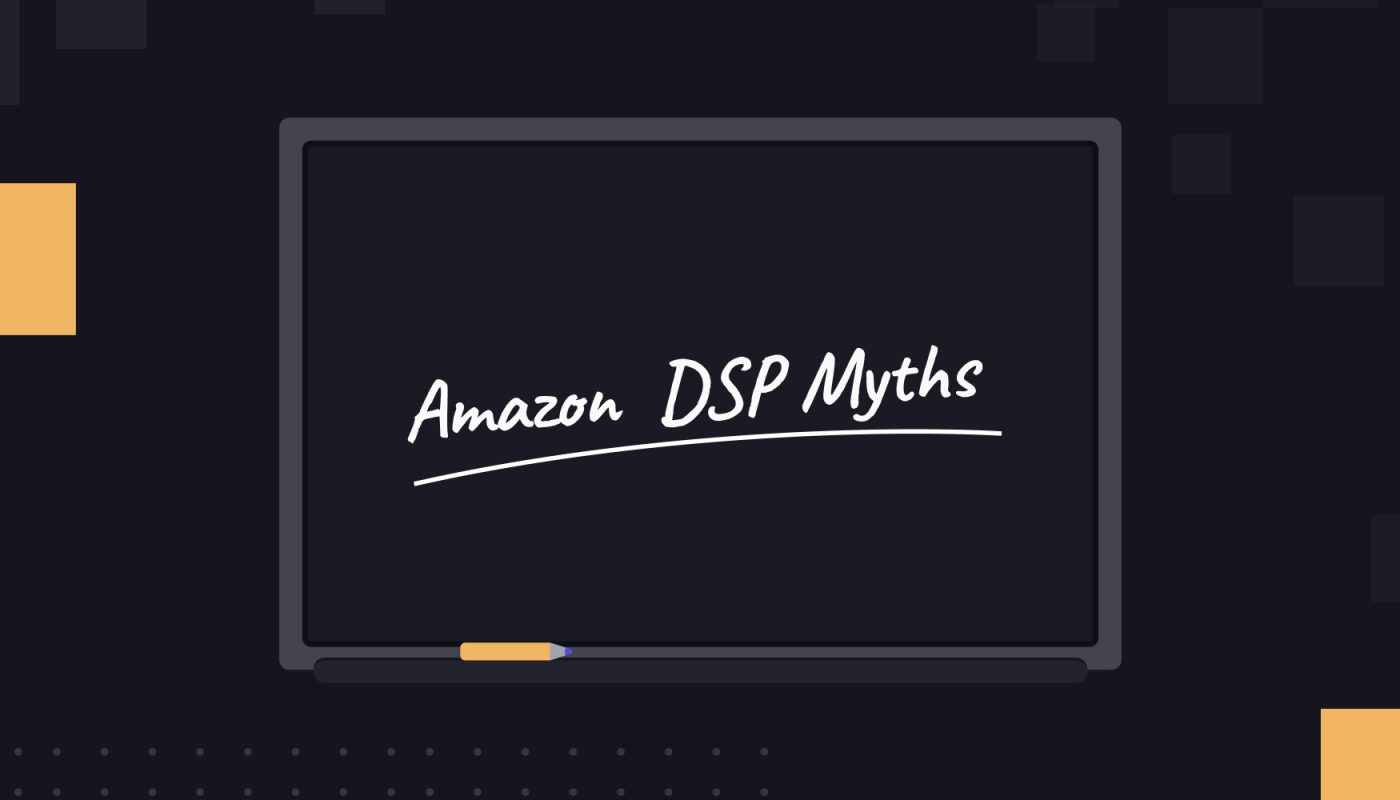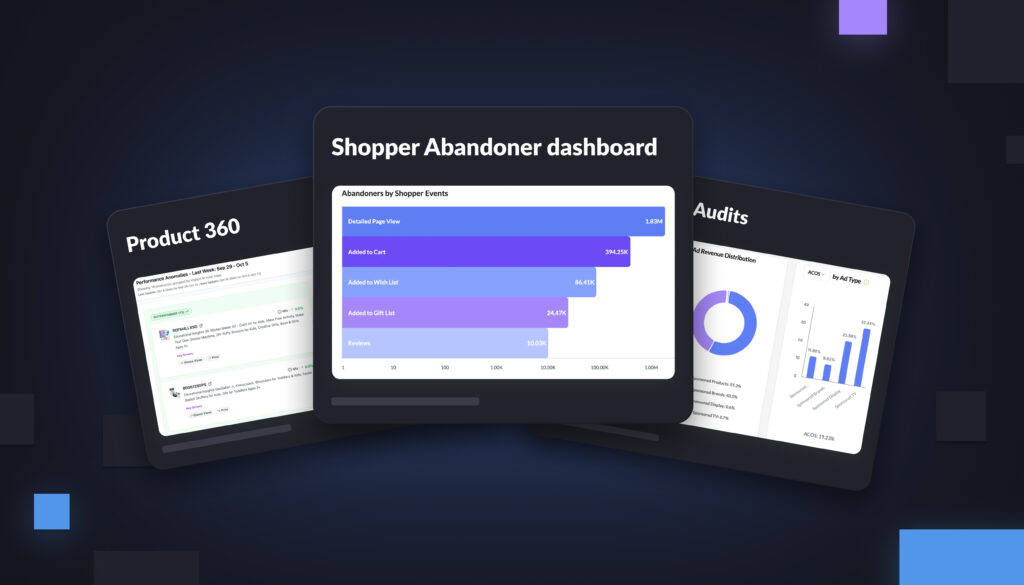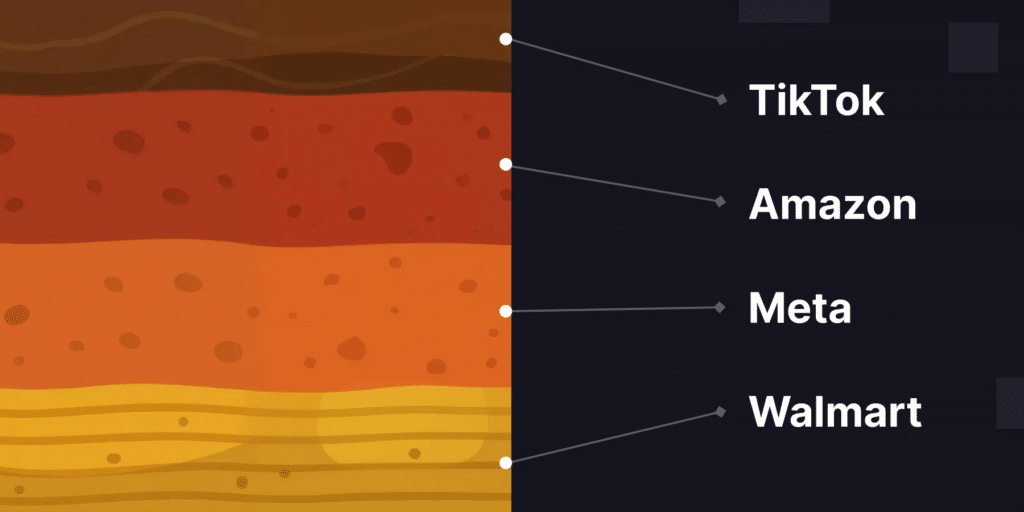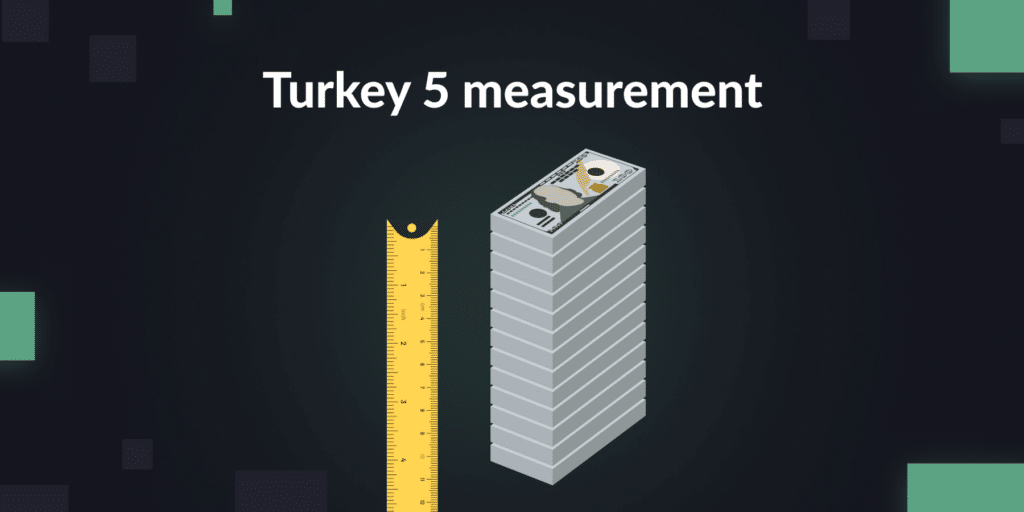A lot of myths about Amazon DSP always seem to be flying around. At Intentwise, we often hear from brands that say they’re not ready for DSP, or that they don’t need to bother with an upper-funnel strategy yet.
In some cases, they’re wrong.
The reality is, even though it’s often portrayed with a broad brush, DSP is not a one-size-fits-all solution. Many brands that don’t currently use DSP could see real benefits from those ads.
Below, we’re we’re breaking down the four most common DSP misconceptions.
I don’t spend enough on Sponsored Ads for DSP to be worth it.
Amazon DSP is useful much sooner than you might expect. Of course, we wouldn’t recommend DSP to a brand that’s only spending $1k each month on ads. But some brands think they need to build up a huge ad budget before they start adding DSP to their mix. That’s just not true.
Any brand that has fully capitalized on their branded sales on Amazon should begin exploring DSP to help draw in new shoppers.
It depends a lot on your category and your strategy. Sometimes the most popular non-branded keywords for your product are very expensive, like “headphones.” In that case, it might be more cost-effective simply to switch to DSP, and bring in new shoppers into the fold.
DSP uses a CPM (cost per thousand impressions) model—unlike Sponsored Ads, DSP doesn’t charge based on clicks. Running display ads on third-party websites will cost you several dollars (probably $4 to $6).
The clickthrough rate on DSP might be lower, but if the CPCs for Sponsored Ads in your category are high, those clicks will probably be a lot cheaper.
But crunch the numbers to figure out at what point DSP is worth it. There’s no universal budget size that means you need to start using DSP, so make sure you do the due diligence to prove out its value.
DSP is taking credit for my sales from Sponsored Ads.
We’ve often spoken to brand owners that see a high return on their DSP ads, and assume that means they simply converted shoppers who either were already customers or who would have bought from them anyway.
The reality isn’t so simple. Don’t want to cannibalize your sales? In DSP, it’s easy to negate audiences. You can exclude anyone who has already bought from you, for example—or, if you’re running a New-To-Brand campaign, you can negate shoppers who viewed your product page.
If the results are still good, even after an audience exclusion, that means there’s no cannibalization.
You can also measure ad overlaps in Intentwise Explore. Run ad overlap queries that would be able to answer whether your DSP buyers already saw your Sponsored Ads.
I’m not ready for upper-funnel ads.
For as much as we encounter concerns about cannibalization, we also hear a lot from brands that don’t think they’re ready for upper-funnel ads yet. These tend to be small brands who are laser-focused on their ROAS numbers. They just don’t think upper-funnel DSP is worth it.
First, many DSP ads are not upper funnel. Because of the granularity of the targeting options available, and because you can negate audiences, you can actually get a very high ROAS from DSP ads.
But upper-funnel ads are also necessary for the long-term growth of your brand. If you want to create a sustainable business, you need a way to bring in new people.
Plus: Even if your ROAS is low doesn’t mean your DSP ads aren’t converting. Amazon uses a last-touch attribution system, so that, if a shopper sees a DSP ad and then clicks a Sponsored Products ad, your DSP ad won’t get credit, even when it was crucial to the sale.
Want to measure just how many of the shoppers who see a DSP ad at some point in their journey end up converting? Just run a simple, pre-vetted query in Intentwise Explore.
I can’t afford to build the creative assets needed for DSP.
We’ve also run into brands that don’t have the budget to invest in sophisticated creative assets for their ad campaigns.
While building custom creatives is the ultimate goal, it’s okay if you don’t have the budget to do so yet. When you run display ads in DSP, you can use DSP’s existing templates.
Through a feature called “Responsive E-Commerce Creatives,” brand owners can upload their ASIN and a title and headline for the ad, and Amazon will generate some simple display ads for you. You can choose the size you need.
If you want to put a slightly personal touch, you can also upload custom photos and use those in the ad. These ad creative templates are great if you’re just getting started. Use them for display ads while you invest in more custom ads later.




